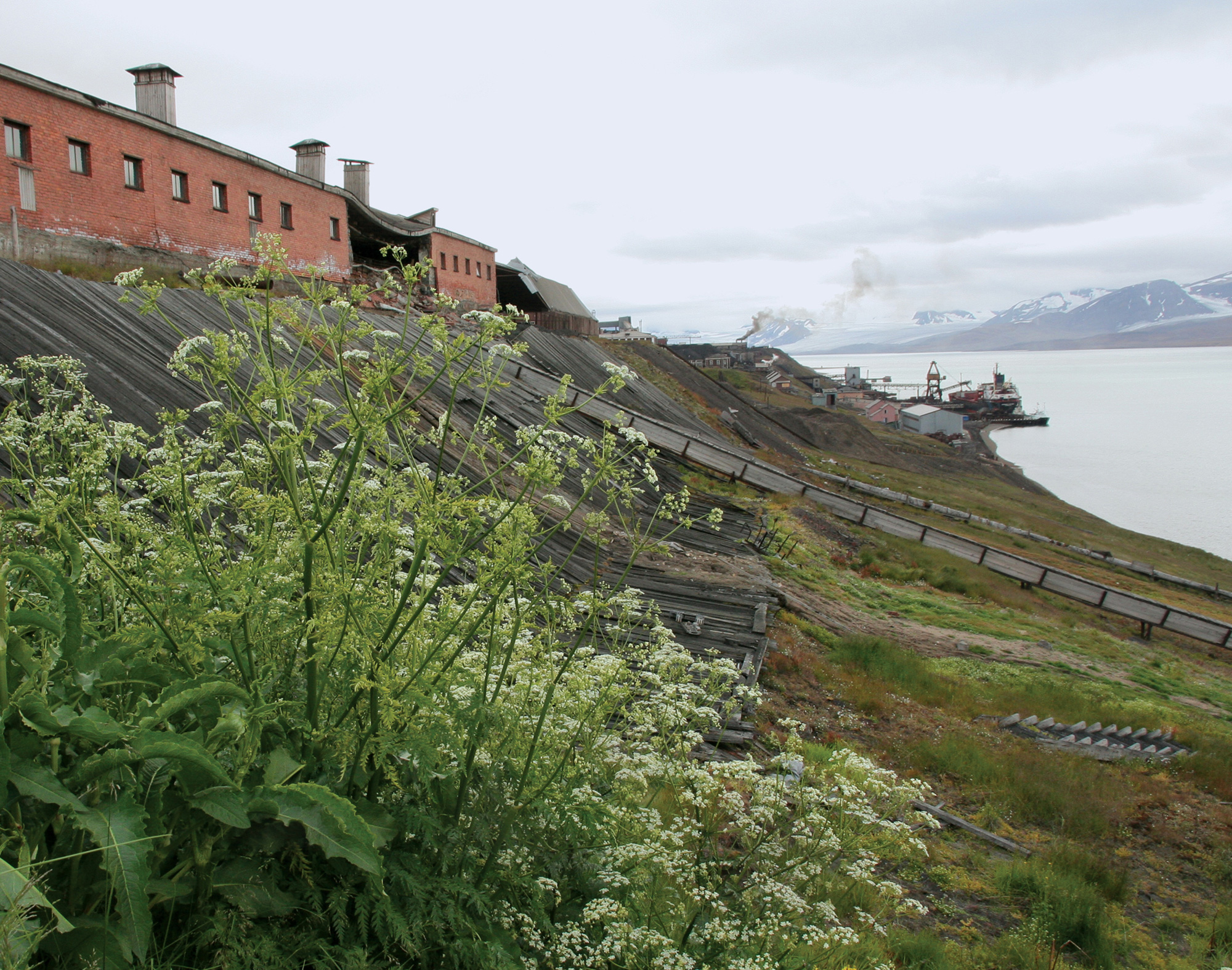Artist Project / How to Be an Intentional Agent of Anthropochory
Seeding Svalbard
Jessica Segall

Seeds—they hitch rides in our hair and on our clothing, and hang out in our digestive systems to be dropped a day later in a new location. The clever twin to agriculture, involuntary anthropochory—defined by botanists as the accidental, human-mediated dispersal of plant propagules such as seeds—results in the incidental distribution of flora wherever we go.
Ten thousand years ago, the archipelago of Svalbard was completely covered in ice. It currently hosts 185 native vascular plants that can survive the subzero climate, but according to researchers who have conducted field studies and reviewed records going back to the nineteenth century, 105 alien taxa were also found at one time or another on the archipelago, some 30 of which are growing there today. While a few were planted with ornamental intention, the decorative plant trade has had little historical influence on the number of introduced plants in Svalbard; instead, most of these plants are assumed to be of anthropogenic origin and arrived by accident.
In 2008, visitors arriving at the airport in Longyearbyen—the archipelago’s main settlement, located on the island of Spitsbergen—were asked to participate in an unusual experiment. Those wearing hiking boots, running shoes, and other footwear with soles capable of carrying significant quantities of soil were asked to remove them so that they could be scraped. The debris from each pair of footwear was placed in its own plastic bag and the material was brought to the University Centre in Svalbard for analysis. The study found 53 identifiable seed species, which had arrived on the island tucked in the treads of soles or clinging to the shoes’ laces. Each pair of footwear carried, on average, 3.9 seeds, with 117 being the highest number found on a single person. From this small sample, the study estimated that 270,000 seeds, the majority of which were non-native, enter Svalbard annually via air travelers’ footwear.
The Arctic is a ring of archipelagos under various sovereignties, and as such has no unified environmental policy. The Svalbard Environmental Protection Act of 2002, however, does regulate the introduction of non-native species. The following guide will help you participate as an informed agent of ecological change and enable you to discreetly bypass local regulations in order to transport and establish new flora in the pristine ecological wilderness.